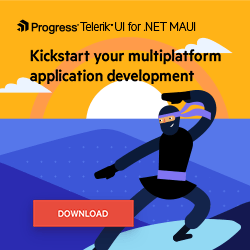Sands of MAUI: Issue #176

Welcome to the Sands of MAUI—newsletter-style issues dedicated to bringing together the latest .NET MAUI content relevant to developers.
A particle of sand—tiny and innocuous. But put a lot of sand particles together and we have something big—a force to reckon with. It is the smallest grains of sand that often add up to form massive beaches, dunes and deserts.
.NET developers are excited with the reality of .NET Multi-platform App UI (.NET MAUI)—the evolution of modern .NET cross-platform developer technology stack. With stable tooling and a rich ecosystem, .NET MAUI empowers developers to build native cross-platform apps for mobile/desktop from single shared codebase, while inviting web technologies in the mix.
While it may take a long flight to reach the sands of MAUI island, developer excitement around .NET MAUI is quite palpable with all the created content. Like the grains of sand, every piece of news/article/documentation/video/tutorial/livestream contributes toward developer experiences in .NET MAUI and we grow a community/ecosystem willing to learn and help.
Sands of MAUI is a humble attempt to collect all the .NET MAUI awesomeness in one place. Here’s what is noteworthy for the week of February 24, 2025:
Copilot Agent
AI presents a huge opportunity for .NET developers to infuse apps with solutions powered by generative AI and large/small language models. AI is also an opportunity to streamline and automate developer workflows for better productivity. For .NET developers, .NET MAUI is built to create cross-platform apps for Android, iOS, macOS and Windows, with deep platform integrations, native UI and hybrid web experiences. But could AI help developers write an entire .NET MAUI app from scratch? James Montemagno explored the potential—trying GitHub Copilot Agent mode to build a full app.
GitHub Copilot is already one of the most popular and productive coding assistants for developers—but the new Agent mode looks to change the game further. GitHub Copilot’s Agent mode is capable of iterating on its own code, recognizing errors and fixing them automatically—with developers always being in charge.
James takes Copilot’s Agent mode for a spin to try building a full a .NET MAUI app—complete with real world demands like SQLite database, MVVM design pattern, navigation and more. While there are rough edges, it is quite remarkable to see Copilot’s Agent mode take action based on written/verbal inputs—clearing up UI, adding NuGet packages, firing up terminal commands and iterating on its own. This is perhaps a glimpse of what the future of app development might look like—developers are still in pilot’s seat, but Copilot is starting to be really smart in automating developer actions.
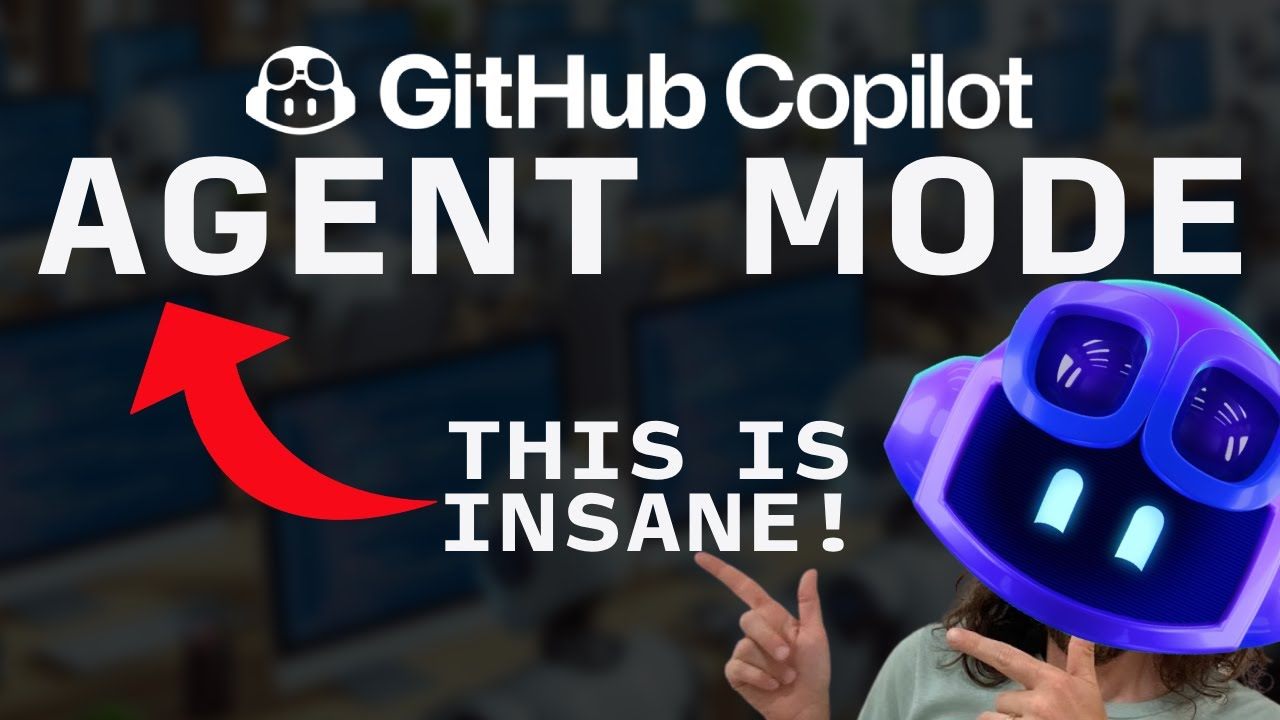
Null in C#
Modern .NET is powerful, open-source, cross-platform and welcoming to all, with mature tooling accompanied by rich ecosystems—and C# dominates as the programming language of choice for .NET developers. Developers can always learn nuances of writing better C# code, and Ed Charbeneau is here to help—say hello to the newly published Dometrain course on working with null in C#.
In the world of precise software engineering, the idea of something having a nothing value seems weird—yet, the absence of a meaningful value in programming paradigms can actually help developers write robust safer code. Over the years, C# has dabbled into null—features introduced include nullable reference types, keywords and operators.
The course on null in C# is a big accomplishment and one that should help developer understand nullability better. Coursework dives into lots of details of nullability. Ed also takes a full-stack application and walks through how to reengineer code to make full use of null in C#. Overall, the content should be a great resource for all .NET developers looking to write better safer C# code—cheers.
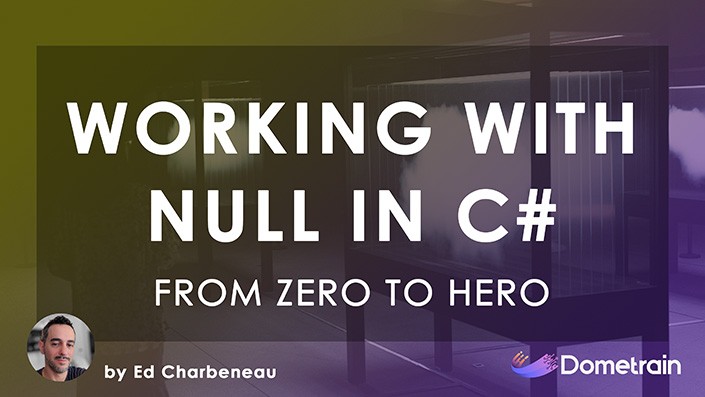
AI Model Distillation
It is the age of AI. As AI becomes more pervasive in software every day, developers might seek freedom to leverage AI models of their choice—be it big AI models or homegrown hosted ones behind firewalls. Modern generative AI models come in variety of flavors and capabilities, and with different operational/consumption costs. As the AI landscape gets more competitive, developers will do well understanding modern mechanics of how AI models come together—a recent article from Educative explained AI Model Distillation.
The recent OpenAI vs. DeepSeek controversies may seem like giant AI fighting it out—but the mechanics and forces at play may help developers understand the future of competitive AI. At the heart of accusations is AI model distillation. Distillation is a deep learning technique that leverages powerful AI systems to create smaller, more efficient ones.
Distillation isn’t evil in its own right, but it does cross into some ethical gray areas. What is essentially being given up is a sliver of accuracy for an acceptable compromise for most use cases. Compared to fine-tuning a pre-trained LLM, the benefits are huge savings in operational cost and footprint. As big tech fights it out and regulations try playing catch-up, it will be interesting to see if such distillations become commercially viable solutions over RAG for smaller use cases.
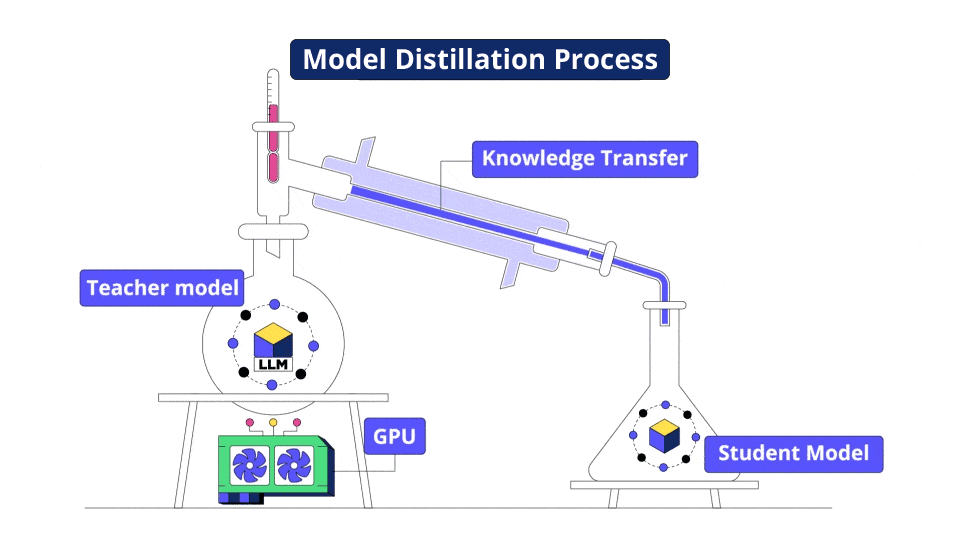
Hybrid Apps
.NET MAUI is the evolution of modern .NET cross-platform development stack, allowing developers to reach mobile and desktop form factors from a single shared codebase. However, .NET MAUI courts web developers to build hybrid apps by bringing in web technologies within native mobile/desktop app packages—the clear benefit is code/style sharing. James Montemagno has been a strong advocate of blending web and native technologies and produced a One Dev Question video to make the case—hybrid apps with .NET MAUI.
While .NET MAUI is squarely meant for developers to build native mobile/desktop apps, armed with modern smart WebViews, .NET MAUI is more than capable of welcoming web content to native land. In fact, Blazor/JavaScript developers should feel empowered to bring web UI components, routing, styling and more to native cross-platform .NET MAUI apps, while gaining complete native platform API access.
With .NET 9, there are templates that allow shared Blazor UI/styles to drive experiences for both web and native apps. JavaScript apps are welcome too, with HybridWebViews allowing easy communication between .NET/JS. Hybrid apps could be a nice way forward that encourages shared .NET runtime and maximizes code/style reusability between web/native technology stacks.
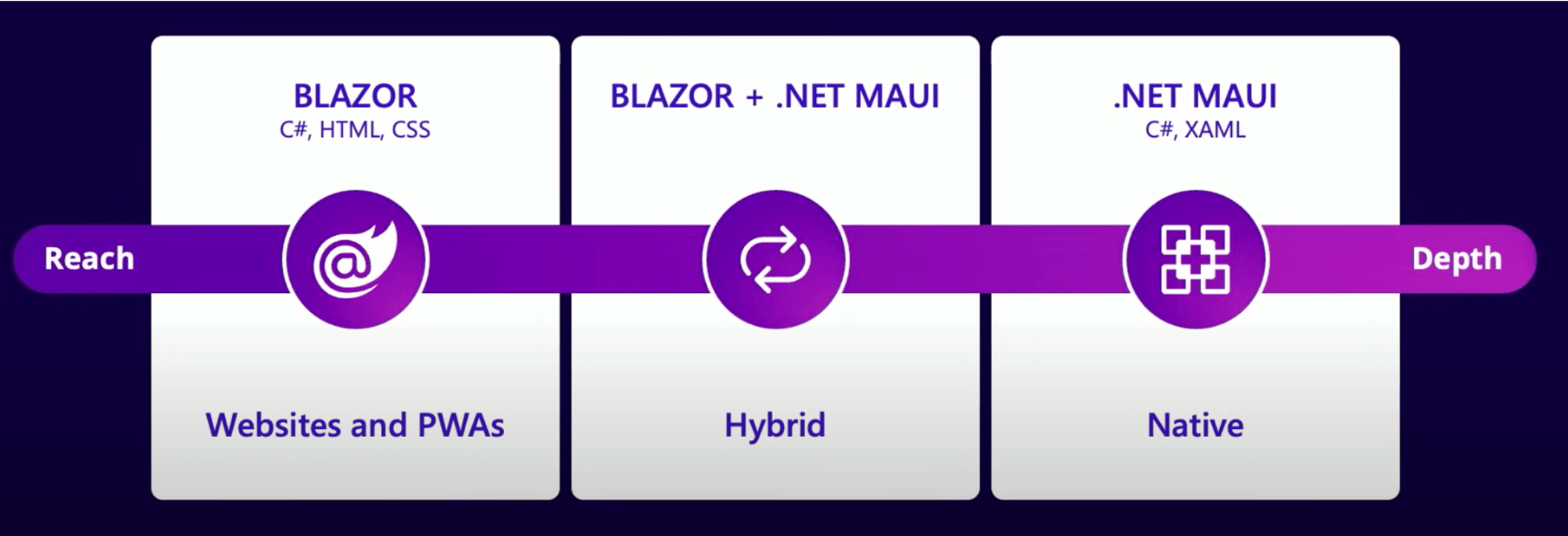
Progress Champions
Progress Champions is an unified program from Progress Telerik to recognize and honor friends in the developer community. These are influencers who lead with success, share knowledge and drive the community forward with empathy. Say hello to the refreshed list of all-around awesome folks for the year—Progress Champions for 2025.
The Progress Champions program started with DevTools and Sitefinity, with MOVEit joining this year—Chef is also on the horizon. The Champions list for 2025 includes mostly renewed folks from last year, but there are several new additions on both Telerik and Kendo UI fronts, as well as, some design/UX specialists—no dearth of .NET/.NET MAUI expertise in the list.
Like with most honor programs, Progress Champions are recognized and rewarded annually—while there a few expectations, most Champions go above and beyond. Progress Champions get access to latest products, inputs in product roadmaps, networking with peers and lots of love and adoration. If you are passionate about technology/design and fond of Progress products, come join the Progress Champions program.

That’s it for now.
We’ll see you next week with more awesome content relevant to .NET MAUI.
Cheers, developers!

Sam Basu
Sam Basu is a technologist, author, speaker, Microsoft MVP, gadget-lover and Progress Developer Advocate for Telerik products. With a long developer background, he now spends much of his time advocating modern web/mobile/cloud development platforms on Microsoft/Telerik technology stacks. His spare times call for travel, fast cars, cricket and culinary adventures with the family. You can find him on the internet.

